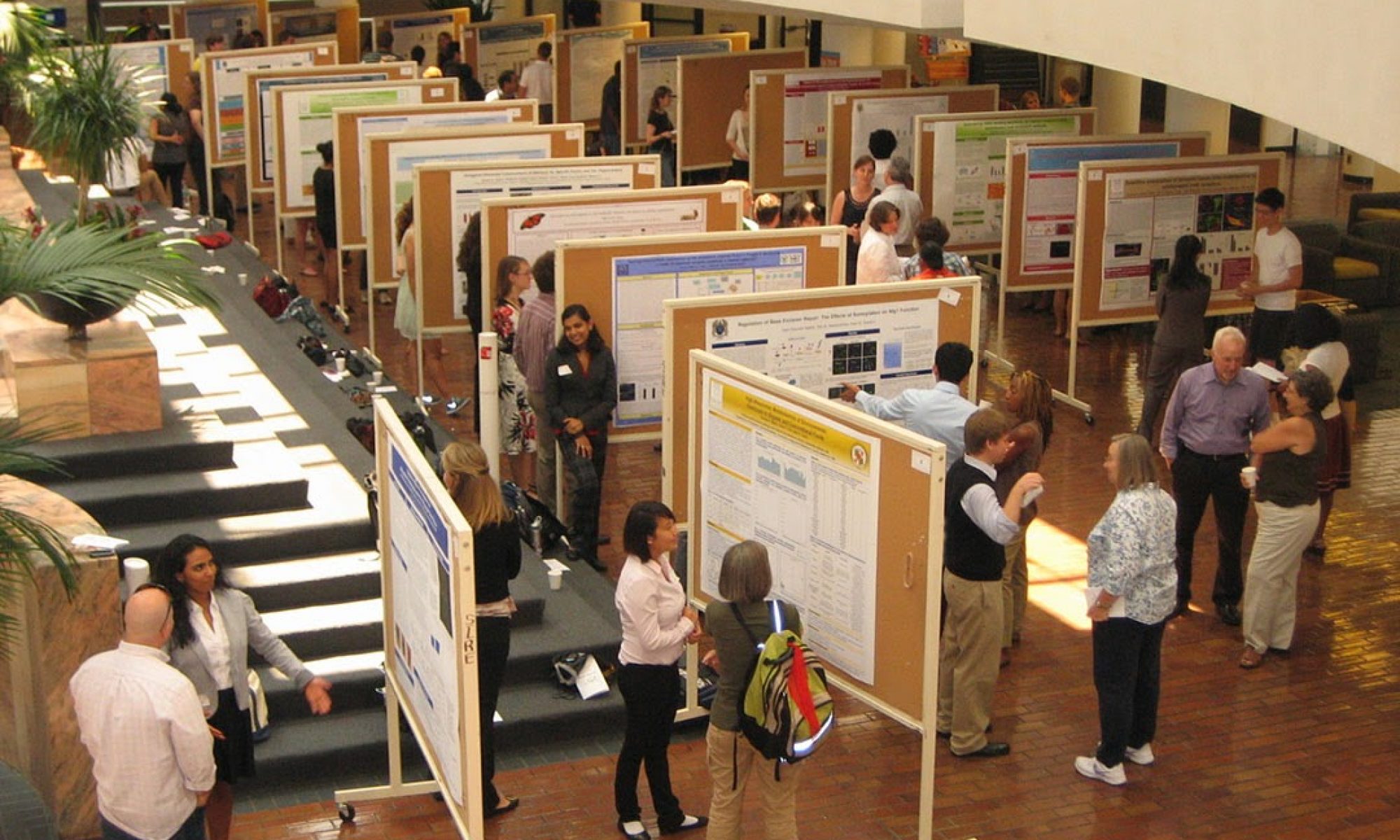Over the past month, I have been working on the literature review and the sensitivity index I’d use to carry out the statistical analysis. The sensitivity index is a mathematical model that conditions the country’s response to international pressure such as shaming the country and implementing economic sanctions. Most of my efforts were devoted to developing and refining the equation for the sensitivity index. There are, of course, many variables that need to be controlled for to isolate the independent effect of region-specific variables. So far, the following region-specific elements are included in the index and most of them are controlled for in regression analysis: regional history of conflict, presence of authoritarian rule, the region’s agricultural history (e.g. the type of crop grown, the man-hour needed for one harvest), and level of freedom of press. The agriculture-related variables are the innovative part of my study since they were not previously considered relevant to the study of a repressive regime. But I was interested in testing a cultural theory which evaluates the people’s tolerance to hardship and to what extent they are used to looking up to authoritative figures. Gladwell, in his bestselling book Outliers, theorized about how endurance and perseverance became virtues in cultures that are shared by those living in regions that rely on slow-growing crops that requires long man-hours to harvest (e.g. rice).
Previous works on the topic of addressing violations have offered mixed results, suggesting that enforcement mechanisms must be applied discriminately in different cases with a careful combination of other methods to realize the maximum effect. Murdie & Davis (2012) offered insight on the use of “naming and shaming” (i.e. calling the perpetrator out internationally), suggesting that this method alone carries no significant effect but will facilitate human right development to some degree when being applied along with other international efforts. Hafner-Burton (2008), on the other hand, found that the same mechanism does not have a disproportionately positive effect on democratic countries, contrary to what has been hypothesized, and further suggests that perpetrating countries that have previously rectified human right treaties acted worse after being shamed. In terms of the mechanism of the method “naming and shaming”, perhaps one of the most cited sources in human rights or even international relations in general, Keck & Sikkink (1998) illustrated the proper path of applying international pressure on violating countries through a “boomerang model”, which shows that transnational advocacy groups usually translate the grievance to another state and international organizations to which the perpetrating country may or may not be a member and direct the pressure through these outside players to the target state. Additionally, on economic sanction (trade linkage), both Spilker & Bohmelt (2013) and Dreher et al (2012) visited the various effect of economic actions to shape state behavior when it comes to human right violations, and found that only certain type of economic sanctions (e.g. Preferential Trade Agreements) have some positive effect in improving human right status in the target state. Even so, alternative explanations such as “rally-around-the-flag” effect (i.e. states exploit the fact that they are being sanctions as propaganda tools to rally domestic support) remain strong and plausible.
After looking at the literature, I’m really intrigued by the fact that there are substantiated results suggesting that most commonly thought of enforcement mechanisms carry limited effect. What might be the regional explanations behind this phenomenon? Although human right violations occur worldwide, some types of violations are indeed more prevalent in some regions than in others. For example, according to the Human Rights Risk Index, genocide is far more prevalent in Northern African countries than it is in South America, while the occurrence of empowerment right violations appears to be even across the globe. My study will focus on providing region-specific explanations on why some violations occur and how to address them properly using the mechanism or some combination of mechanisms that are “tailor-made for this region and the specific type of violations. My aim for the rest of the semester is to apply my current model to some datasets and further refine the structure of the equation. Fortunately, despite the fact that my advisor, Dr. Bowersox, did not specialize in human right enforcement, in particular, he had many experiences constructing indices and mathematical models for his sports politics research. I was able to get valuable advice from him to work out the details of my sensitivity index.
Looking ahead to next semester, I will start gathering dataset and develop a testable hypothesis. I suspect that the model would require multivariate regression analysis so I will familiarize myself with some coding language over the winter break.
References:
Hafner-Burton, E. (2008). Sticks and Stones: Naming and Shaming the Human Rights Enforcement Problem. International Organization, 62(4), 689-716.
Keck, M., & Sikkink, K. (1998). Activists beyond Borders: Advocacy Networks in International Politics. Cornell University Press. Retrieved from http://www.jstor.org/stable/10.7591/j.ctt5hh13f
Murdie, . A. M. and Davis, . D. R. (2012), Shaming and Blaming: Using Events Data to Assess the Impact of Human Rights INGOs1. International Studies Quarterly, 56: 1–16.
Spilker, G. & Böhmelt, T. Rev Int Organ (2013) 8: 343.


Very interesting post!
I am curious about this portion:
Additionally, on economic sanction (trade linkage), both Spilker & Bohmelt (2013) and Dreher et al (2012) visited the various effect of economic actions to shape state behavior when it comes to human right violations, and found that only certain type of economic sanctions (e.g. Preferential Trade Agreements) have some positive effect in improving human right status in the target state.
What other times of economic sanctions have positive effects in improving human right statuses in the target states, and how did Spilker & Bohmelt and Dreher et al show this to be the case?
Very good blog post, I think in the second paragraph you do not need to define ‘naming and shaming’ the context makes it clear what you mean. Remember the people who will (eventually) be reading this are not your classmates but fellow researchers in the field.
Elliot,
Very well-written post! I am not too familiar with political science or statistics and coding, but this seems like a very important area of research and you seem to be very knowledgable about the subject. You mentioned that the professor you’re working with doesn’t specialize in human rights. Does this mean that your P.I. is simply mentoring you and that this is your own independent research topic?
Great work! I really like your tone and style of academic writing. In addition, the explanation on specific jargons and the purpose of running a multivariate regression analysis are clearly stated. Just out of curiosity, does your model involve econometrics? Also, what sources have you used to collect the data? What are some of the countries that you are interested in including into your research?
Good blog post Elliot! I am not familiar with this topic, but if I understood correctly, basically you are researching on how economic sanctions can chance how human rights are being dealt in countries? I think this is an important topic because these days even the most basic human rights are being violated in countries such as Syria and North Korea. It would be very interesting if in your future projects you could include those two countries and how economic sanctions and pressure from the international community can affect the human rights status in those two countries.